
Materials for the Arts is one of those organizations you look at and say to yourself – es ist so offensichtlich, – überschüssigen Materialien von Unternehmen und Privatpersonen sammeln und verteilen sie an gemeinnützige Organisationen mit laufenden Kunst Programmierung und Schulen – warum hat nicht jede Gemeinde ein Recycling-Programm wie dieses?
Harriet Taub, Executive Director for Materials for the Arts (which has become one of the largest reuse centers in the U.S.), has helped lead the organization for almost 18 Jahre; she says that starting its education program is what she is most proud of. “When I came to MFTA in 1998, we were basically a collection and donation program. I knew early on that newly registered teachers would become better shoppers if they were shown ways to incorporate non-traditional arts materials into their classroom curriculum.” So Harriet started by teaching ‘hat making’ and ‘no sew’ costume making workshops, und dann, along with her Materials for the Arts colleague, Joy Suarez, began to offer week-long workshops for educators through the New York City Department of Education’s Office of Professional Development.
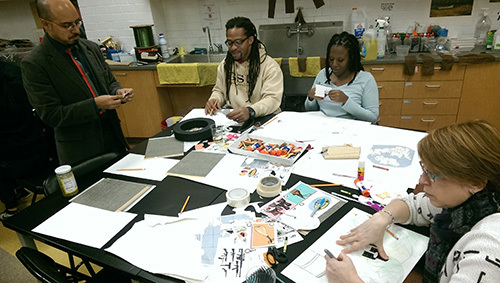
Schneller Vorlauf 15 Jahre: this dynamic hands-on studio-style Professional Development Workshop team now works with thousands of teachers and in turn, with tens of thousands of students through their workshops, free field trip program and in-school residencies. “Our Education Program is changing the way adults and children view materials and helping reduce the amount of unwanted materials headed for the landfill.” Und so, at Materials for the Arts, Harriet notes, “Jeder Tag ist Tag der Erde.”
We asked our MFTA experts to come up with 10 really innovative things anyone can do to protect our earth with a little bit of creativity:
1. Turn your beverage containers into garden décor – z. glass bottles can be turned into terrariums. Plastic soda bottles – 1 litre – can be cut in half and the spout can be turned upside down for drainage, and plant inserted into the body of the bottle and placed in your garden or window box or curbside tree box.
2. Junk mail envelopes can be turned into envelope books with string and magazine clippings.
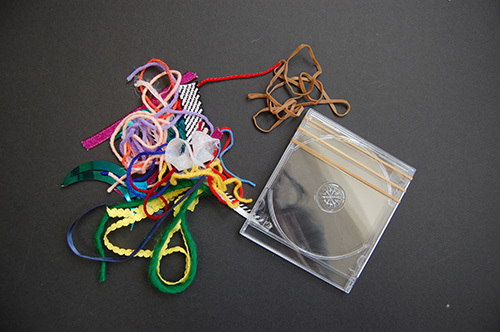
3. Don’t buy new things – create new, fashionable clothing from your torn and worn items. You can take strips of your woven clothing and weave them into new designs.
4. Old technology, including CD’s and CD cases, can be repurposed into small desk calendars, wind-chimes, bases for collage; photo frames; frames for weavings with rubber bands.
5. Make musical instruments with plastic bottles filled with beads or beans. Metal coffee cans can be used for percussion instruments. Bottle caps can be strung together to make hand held percussion instruments.
6. Puppets can be made out of washed chop sticks, fabric scraps, tassels, buttons or even hanging file folders – no one files paper anymore!
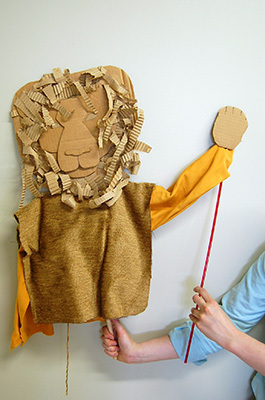
7. Paper bags can be transformed into the bases for fabulous hats and headdresses or masks for plays and oral presentation in classrooms.
8. Cardboard boxes can be repurposed for storage (why buy plastic?) as well as lightweight furniture – tables and chairs for children.
9. Binders can be refashioned into portfolios, clutch handbags or birdhouses.
10.Take your extra string, buttons, beads, zippers, bottle caps, ribbon and paper clips to create personalized jewelry – necklaces, bracelets and pins.
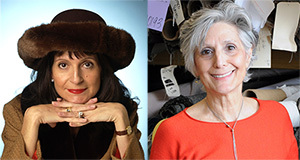

Begleiten Sie mich und weltweit renommierten Vordenkern wie Sir Michael Barber (Vereinigtes Königreich), DR. Michael Block (US-), DR. Leon Botstein (US-), Professor Ton Christensen (US-), DR. Linda Hammond-Liebling (US-), DR. MadhavChavan (Indien), Professor Michael Fullan (Kanada), Professor Howard Gardner (US-), Professor Andy Hargreaves (US-), Professor Yvonne Hellman (Niederlande), Professor Kristin Helstad (Norwegen), Jean Hendrickson (US-), Professor Rose Hipkins (Neuseeland), Professor Cornelia Hoogland (Kanada), Herr Jeff Johnson (Kanada), Frau. Chantal Kaufmann (Belgien), DR. EijaKauppinen (Finnland), Staatssekretär TapioKosunen (Finnland), Professor Dominique Lafontaine (Belgien), Professor Hugh Lauder (Vereinigtes Königreich), Herr Ken Macdonald (Vereinigtes Königreich), Professor Geoff Masters (Australien), Professor Barry McGaw (Australien), Shiv Nadar (Indien), Professor R. Natarajan (Indien), DR. PAK NG (Singapur), DR. Denise Papst (US), Sridhar Rajagopalan (Indien), DR. Diane Ravitch (US-), Richard Wilson Riley (US-), Sir Ken Robinson (Vereinigtes Königreich), Professor Pasi Sahlberg (Finnland), Professor Manabu Sato (Japan), Andreas Schleicher (PISA, OECD), DR. Anthony Seldon (Vereinigtes Königreich), DR. David Shaffer (US-), DR. Kirsten Sivesind (Norwegen), Kanzler Stephen Spahn (US-), Yves Theze (LyceeFrancais US-), Professor Charles Ungerleider (Kanada), Professor Tony Wagner (US-), Sir David Watson (Vereinigtes Königreich), Professor Dylan Wiliam (Vereinigtes Königreich), DR. Mark Wormald (Vereinigtes Königreich), Professor Theo Wubbels (Niederlande), Professor Michael Young (Vereinigtes Königreich), und Professor Zhang Minxuan (China) wie sie das große Bild Bildung Fragen, die alle Nationen heute konfrontiert erkunden.
Die Global Search for Education Community-Seite
C. M. Rubin ist der Autor von zwei weit Lese Online-Serie für den sie eine 2011 Upton Sinclair Auszeichnung, "Die Global Search for Education" und "Wie werden wir gelesen?"Sie ist auch der Autor von drei Bestseller Bücher, Inklusive The Real Alice im Wunderland, ist der Herausgeber des CMRubinWorld, und ist ein Disruptor Foundation Fellow.
Folgen Sie C. M. Rubin auf Twitter: www.twitter.com/@cmrubinworld

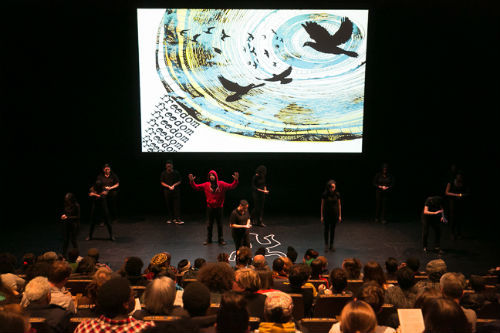
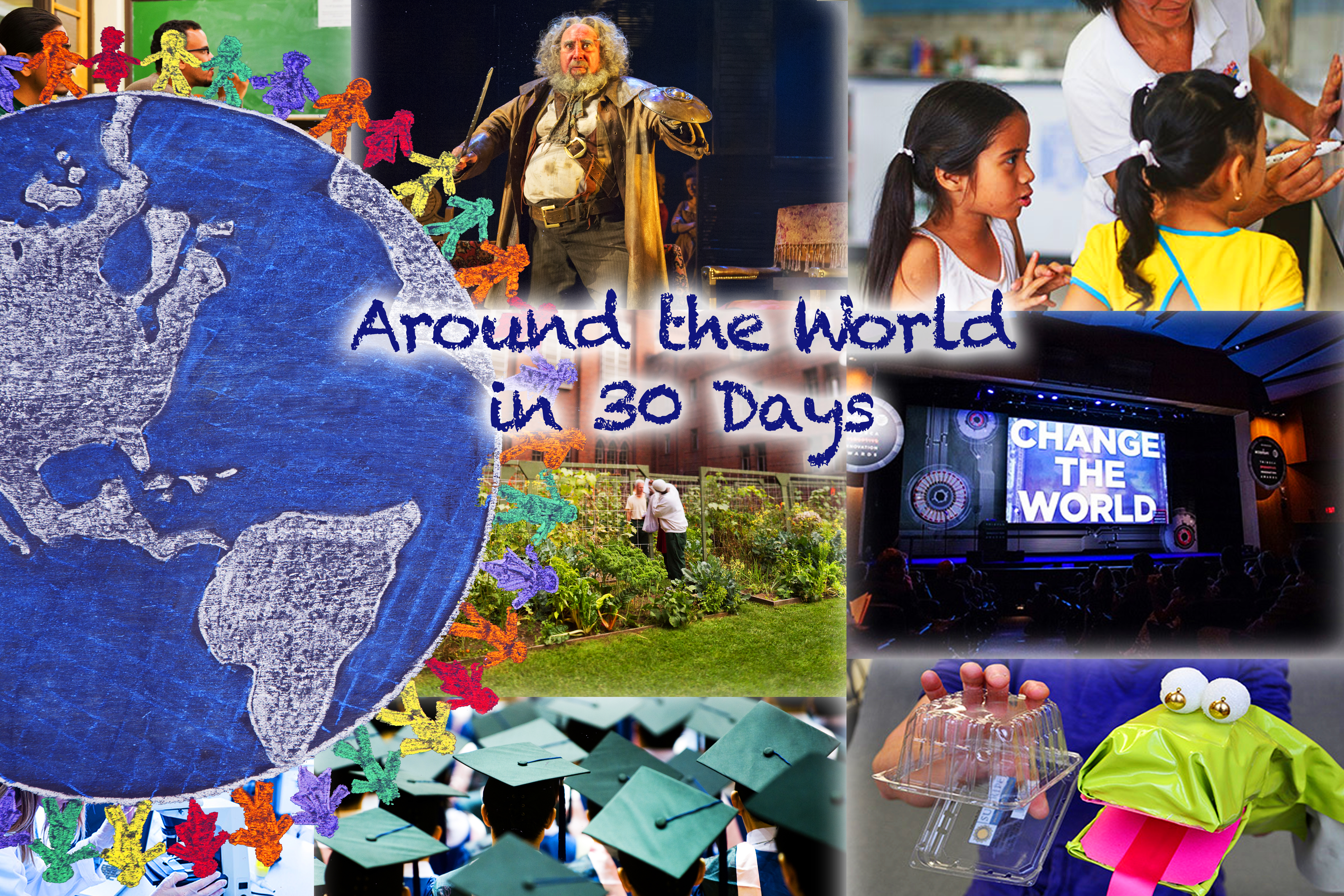
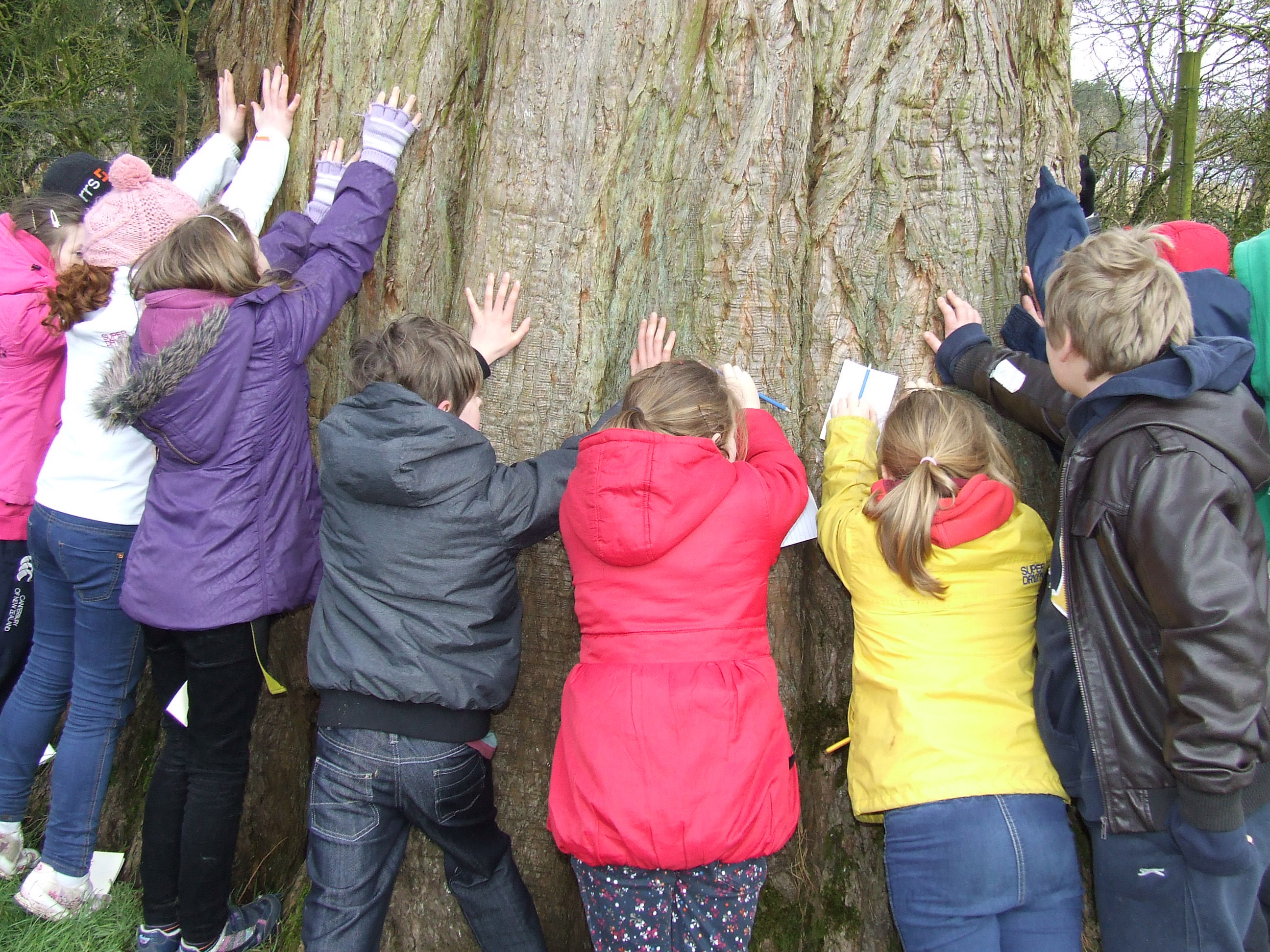
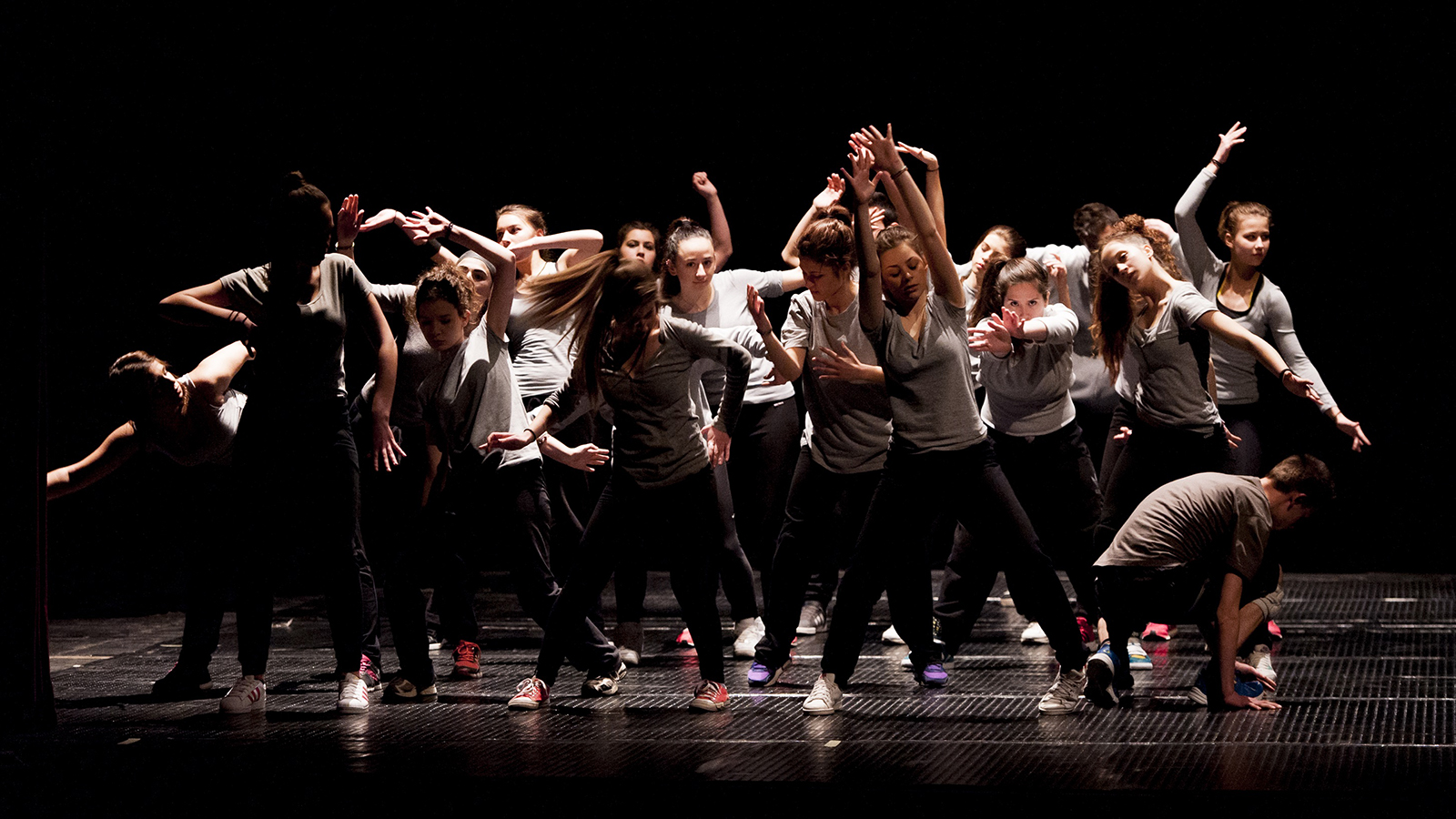
Jüngste Kommentare